That diversity has created the identity and appeal of the land and people of the Central Highlands with many things waiting to be discovered .
With the belief of "all things have animism", in the spiritual life of the Bahnar and Jrai people in Gia Lai, there are many gods protecting the existence and development of the community such as: water god, mountain god, forest god, rice god... Although life is increasingly developed, many natural phenomena that used to have a mystical color have been explained by science , but in the communities, many traditional rituals are still maintained with gratitude to Mother Nature, sending wishes and beliefs about good crops, peace...
For example, after a period of interruption due to the Covid-19 pandemic and some other reasons, the worshiping ceremony of Ya Pum - the only goddess in the polytheistic world of the Jrai people on the banks of the Ayun River has just been restored by the People's Committee of Ia Peng commune (Phu Thien district) in coordination with So Ma Hang A village. Ya Pum is considered a god who helps villagers fight off foreign invaders, exorcise evil spirits and diseases.
To commemorate the merits of Ya Pum, around February or March of the lunar calendar, one week before the water wharf worship ceremony, the people of So Ma Hang A village hold a worship ceremony.
Interestingly, while no one knows what other gods look like, Ya Pom is painstakingly portrayed by the villagers as a straw effigy, wearing a black charcoal mask on his face, and an arrow stuck in his chest simulating a scene of being wounded in battle. The worship ritual is performed fully and solemnly like other important rituals of the community.
The Ya Pom model is a new straw mannequin, wearing a mask and bow and arrow on the front, and a chicken cage on the back for camouflage, helping to hide weapons to repel enemies. Photo: VC
Many people expressed surprise and excitement when they first learned about the Ya Pum worship ceremony. Even people living along the Ba River have not heard of this unique ceremony. Mr. Rcom Dam Mo Ai - a person closely involved in the cultural and artistic movement of Ayun Pa town - said: Although he is a "neighbor" of Phu Thien, this is the first time he has heard about the worship ceremony of this goddess. For him, this is a meaningful activity to preserve and promote the cultural values of the local ethnic minority community.
The book “Bahnar, Jrai ethnic beliefs and religions” by Dr. of History Nguyen Thi Kim Van also noted that Ya Pum is a goddess who has a great influence on the spiritual life of the Bahnar people. She is the daughter of Bok Kei Dei and Ya Kung Keh - the two supreme gods who created the universe and all species. Ya Pom is compassionate and often helps the poor, so she is loved by the Bahnar people and is often invited to participate in ceremonies.
Previously, when hearing about the custom of fining people with brocade of the Bahnar people in Kong Long Khong commune (Kbang district), Dr. Nguyen Thi Kim Van also shared her feeling of surprise and interest even though she was familiar with most of the regions in the province through many field trips. Accordingly, instead of fining people with pigs, chickens, etc., many families requested compensation with brocade costumes.
For a long time, in villages, besides the provisions of the law, the custom of imposing fines has been maintained to increase the seriousness, but the fine with brocade is truly "unique". In addition to the deterrent effect on violations, this custom also contributes effectively to maintaining traditional cultural values, so it is very welcome.
It can be affirmed that the cultural and spiritual life of ethnic minorities in the Central Highlands is extremely rich and there are many things that cannot be said to be detailed. Recently, there is an interesting story about the Chloi stone related to the first Fire King named Ksor Chloi. Specifically, the stone lying next to the bushes in Plei Dmun field (Ia Ake commune, Phu Thien district) has long been worshiped by local people, considered as the incarnation of Chloi after being chased and having parts of his body chopped off.
In the past, whenever there was a drought, crop failure, or epidemic, villagers would often come to the Chloi rock to hold a ceremony to pray for favorable weather, a bountiful harvest, and everyone’s safety and health. Depending on the family’s circumstances, some people would offer chickens, pigs, or even buffaloes and many jars of wine.
A few years ago, the online community was “stirred up” by a clip recording the New Rice Celebration ceremony of the Bahnar people in Kbang district. In the clip, there were 2 clowns (pơtual) dancing to increase the joyful and exciting atmosphere of the festival. The man was covered in clay, wearing an object symbolizing the male genitalia, the woman was dressed up with a pregnant belly, dancing happily, followed by a gong team.
Many people think this scene is vulgar, but in fact, the custom of worshiping male and female genitals and maintaining fertility festivals all originate from ancient beliefs, playing an important role in the spiritual and cultural life of agricultural residents in Southeast Asia with the wish for the growth and development of people and all things.
Traditional rituals and customs with good and humane meanings should be encouraged to be restored and widely organized. Photo: PD
The interesting things that have not been fully discovered yet in the life of the ethnic minority communities in the Central Highlands once again remind us of the need to respect cultural diversity, thereby preserving, conserving and transmitting it. Accordingly, traditional rituals and customs with good, humane and unique meanings should be encouraged to be restored and widely organized. It is the unity in diversity that is the intrinsic strength of culture, creating an advantage for sustainable national development in the face of the challenges of the integration process.
Source: https://baogialai.com.vn/le-thuc-phong-tuc-tay-nguyen-con-nhieu-dieu-kham-pha-post318018.html


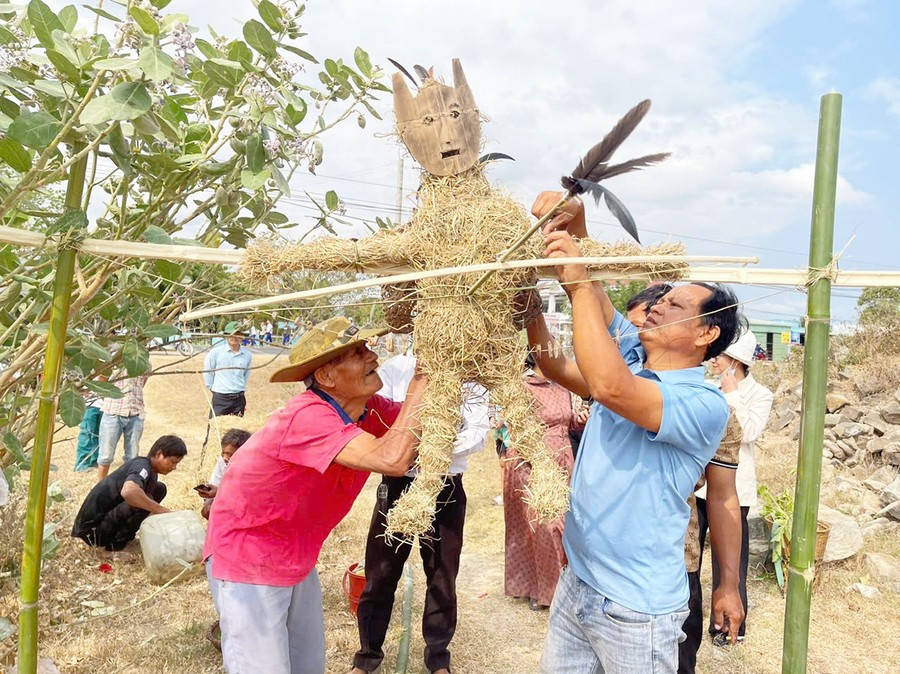
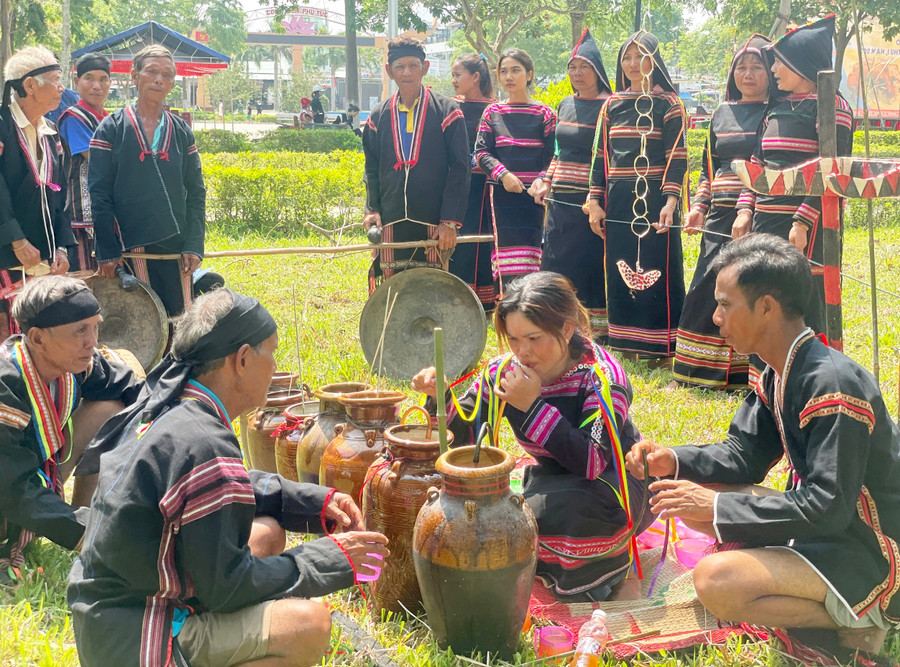
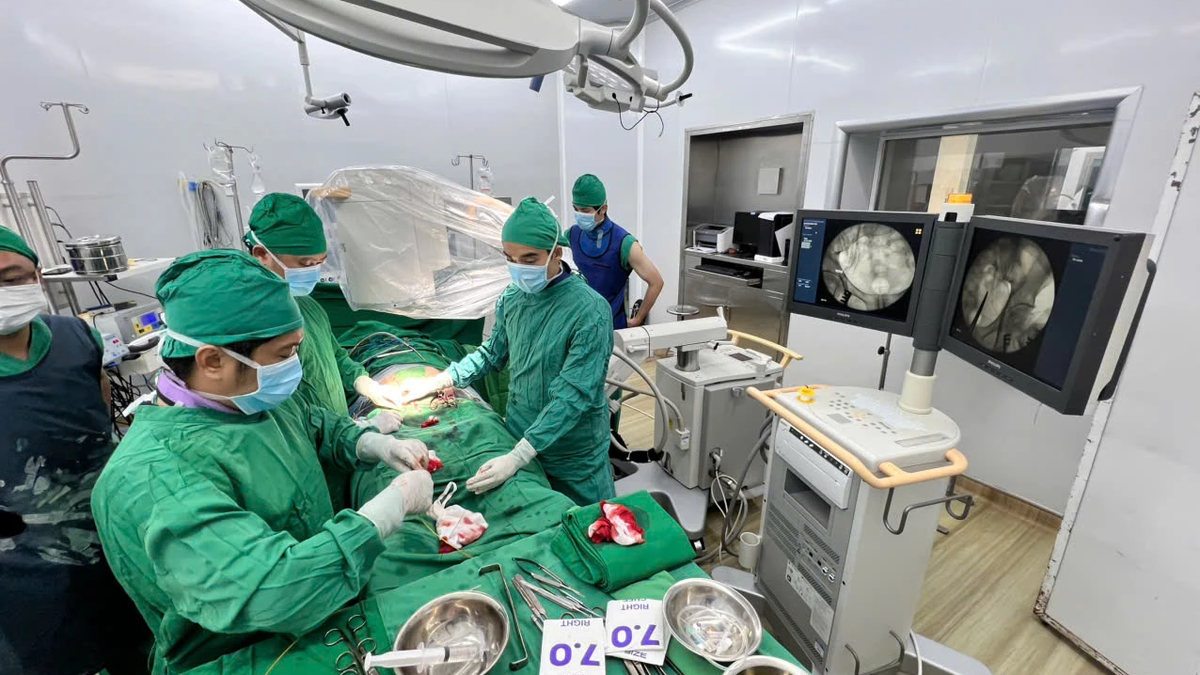
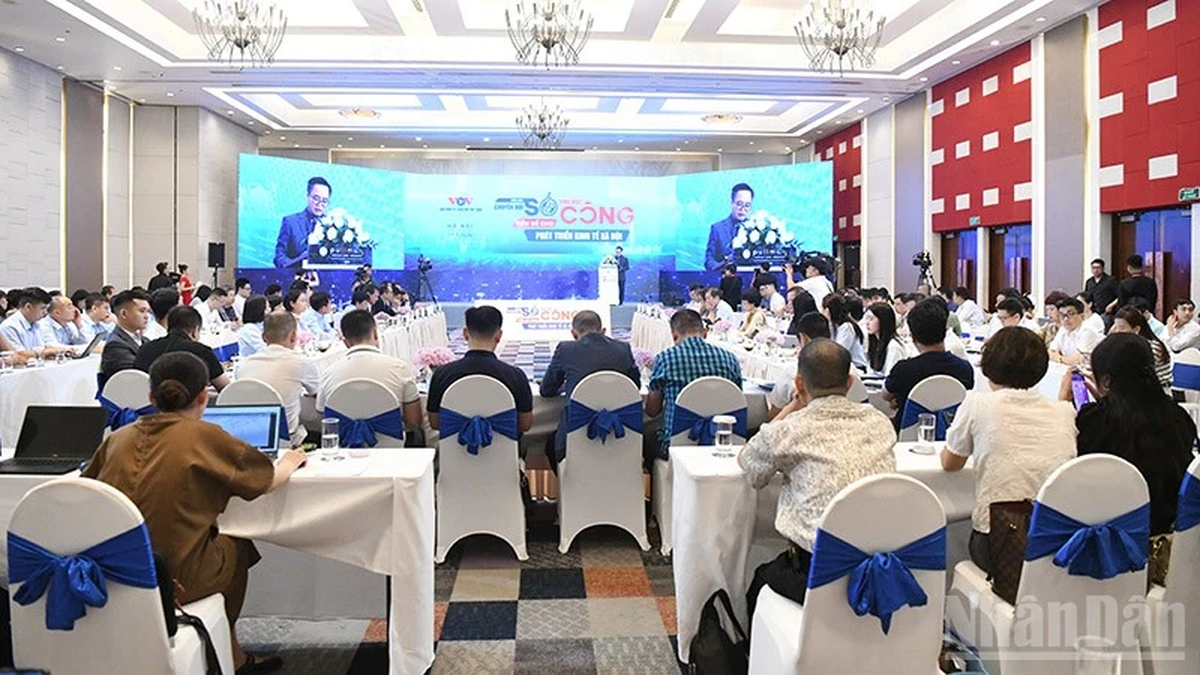
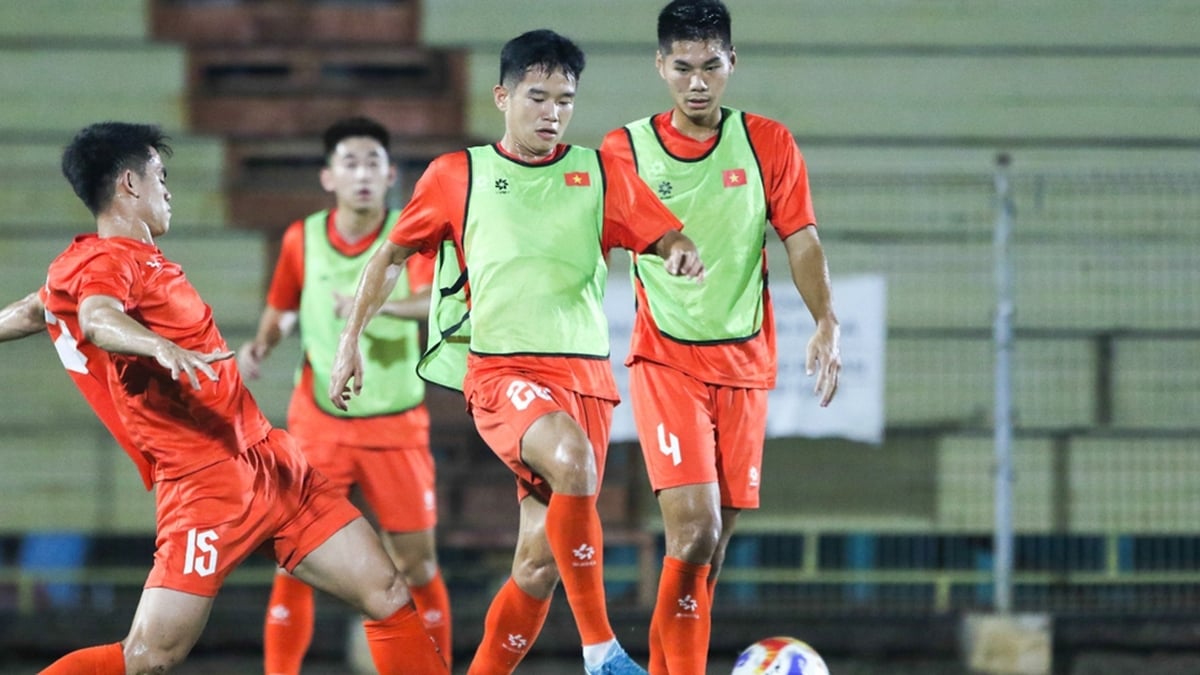
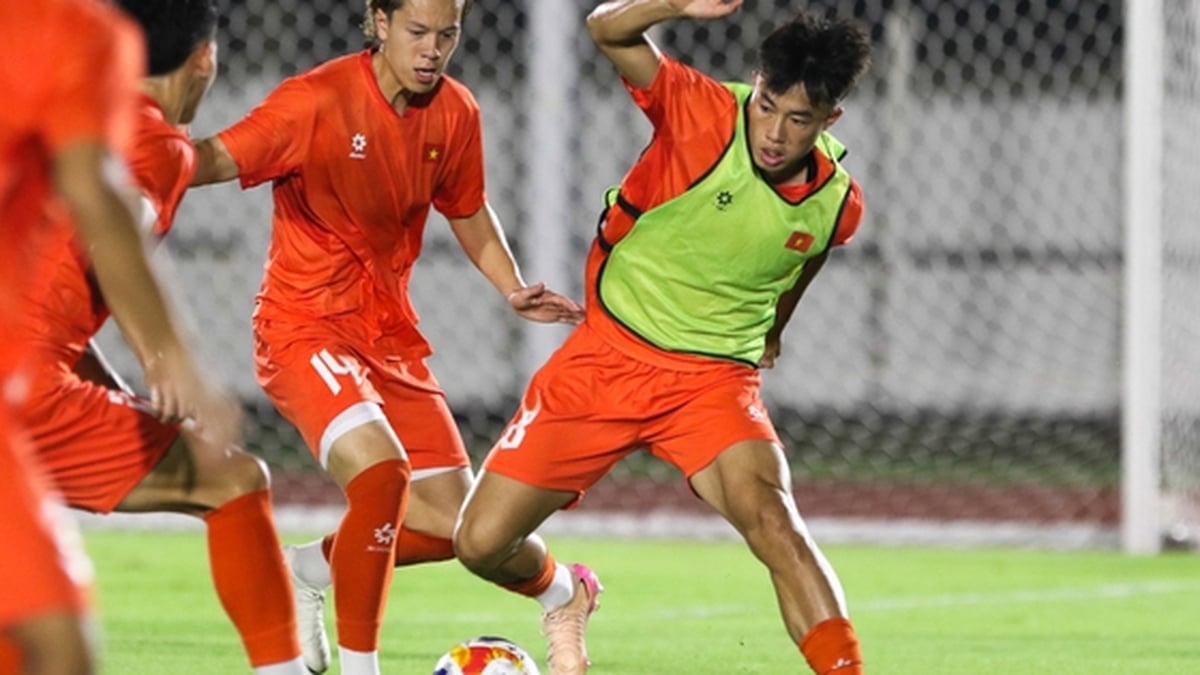
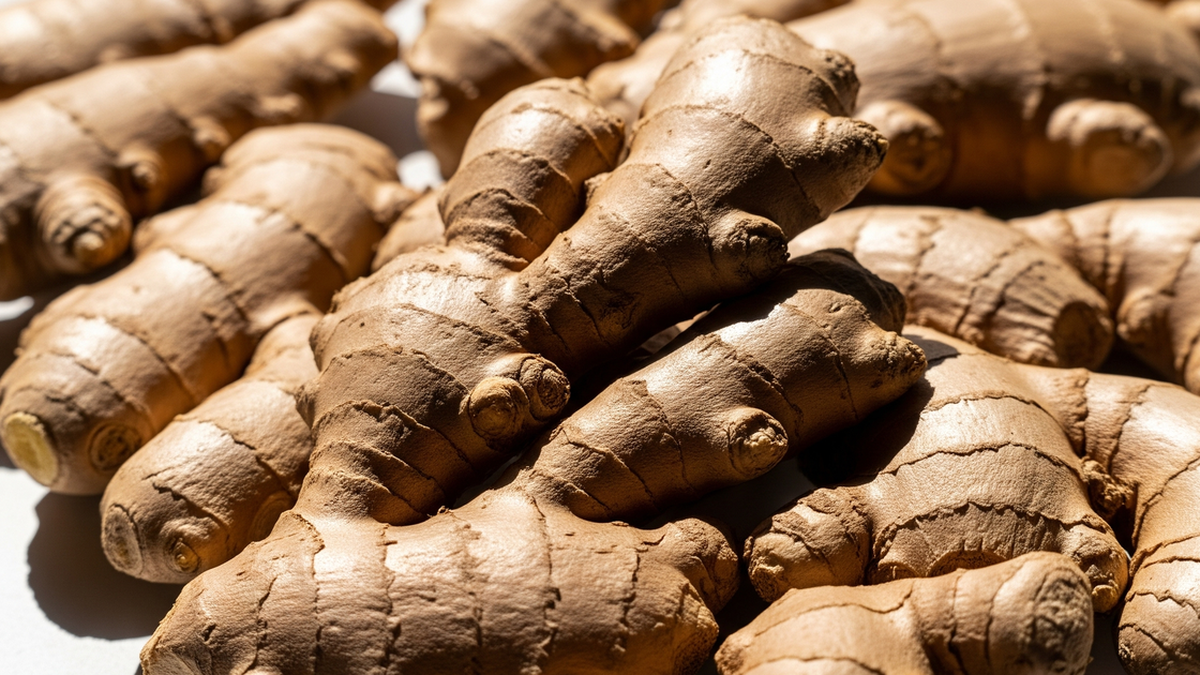






























































































Comment (0)